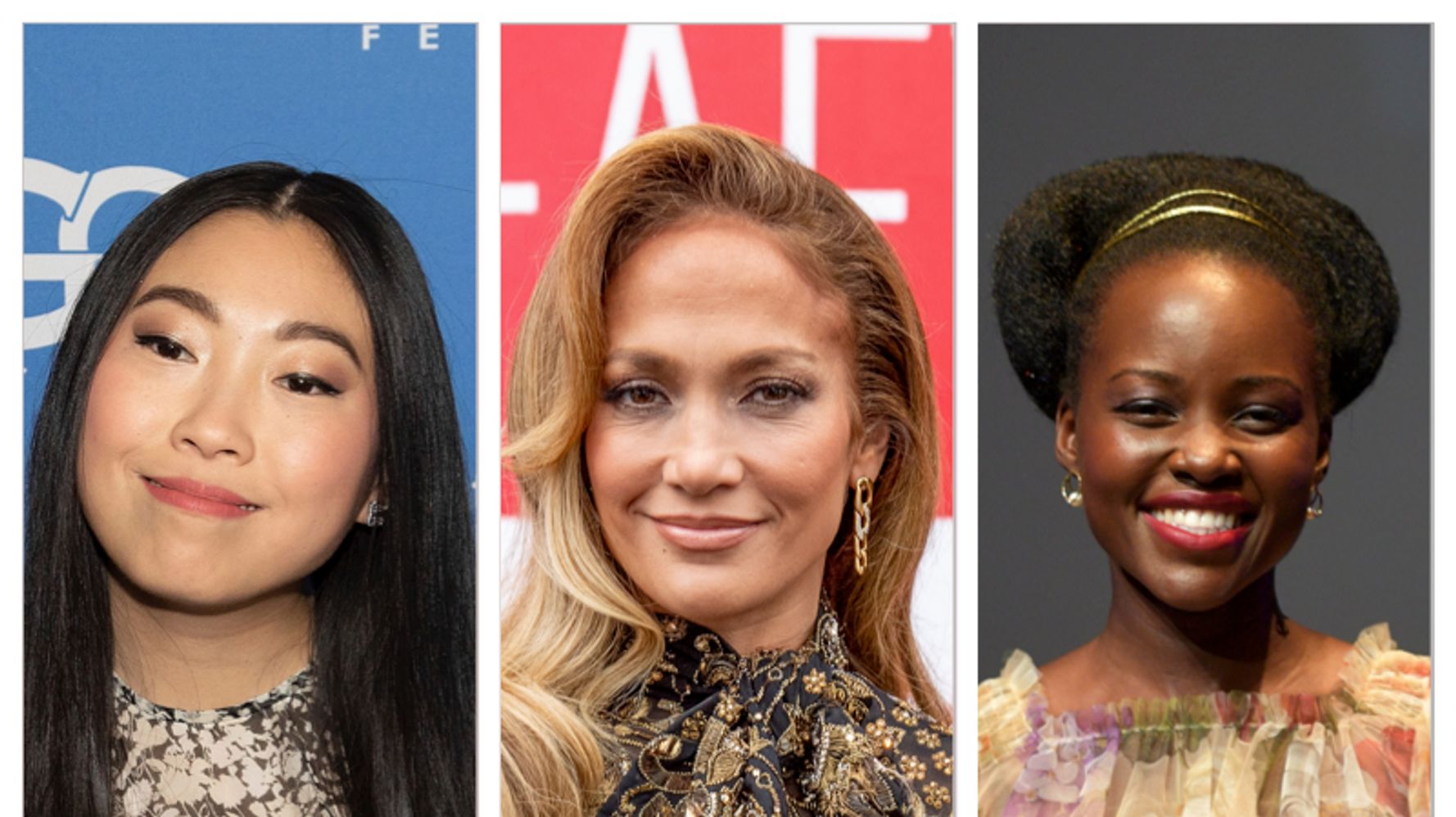[ad_1]
At Sunday’s BAFTAs, the British equivalent of the Oscars, Best Actor winner Joaquin Phoenix earned praise for candidly acknowledging his own complicity in the lack of diversity at the top of the film industry.
“I’m ashamed to say that I’m part of the problem. I have not done everything in my power to ensure that the sets I work on are inclusive,” he said during his acceptance speech at the ceremony in London, where all 20 acting nominees were white. “We have to really do the hard work to truly understand systemic racism. I think that is the obligation of the people that have created and perpetuate and benefit from a system of oppression to be the ones that dismantle it. So that’s on us.”
The field of nominees at this Sunday’s Oscars, where Phoenix is the favorite to win Best Actor, is similarly glaringly white. Out of the 20 acting nominees, only one actor of color, “Harriet” star Cynthia Erivo, was included.
The results were especially jarring given the profusion of widely praised performances by actors of color in 2019, including Jennifer Lopez in “Hustlers,” Lupita Nyong’o in “Us” and Awkwafina in “The Farewell” ― and even more so given the Academy of Motion Picture Arts and Sciences’ efforts to diversify its membership in the years since activist April Reign’s “Oscars So White” hashtag called out the institution’s abysmal levels of diversity.
A new study from one of the leading groups researching representation in Hollywood shows how it’s these kinds of institutions and industry gatekeepers that need to catch up to reality. 2019 was “a banner year” for diversity and representation for women and people of color at the box office and a continuation of several years of consistent progress, according to the report from the University of Southern California’s Annenberg Inclusion Initiative, published Tuesday.
The researchers, led by USC professor and the group’s founder Stacy L. Smith, found that 31 of the 100 highest-grossing films at the box office had a lead or co-lead actor from an underrepresented race or ethnicity.
It’s the fourth consecutive year of gains, up from 27 in 2018, 21 in 2017, and just 14 in both 2015 and 2016.

In addition, 16 top-earning films in 2019 had a leading or co-leading actor who was a woman of color, compared to 11 in 2018, and just one when the study began in 2007.
And for women overall, 2019 marked a 13-year high: 43 of the top 100 films featured a female lead or co-lead, the highest number since the study began in 2007.
Smith noted the “obvious disconnect” between the diverse racial and ethnic makeups of the actors featured in the year’s biggest movies and the glaring lack of diversity in the movie industry’s most prestigious award.
“It is clear that Hollywood is taking steps to create more inclusive stories and that those films are connecting with audiences,” she said in a statement. “Yet, there is also a very obvious disconnect between what sells tickets and what garners awards, which points to a systemic bias at cultural institutions like the BAFTAs or the Academy Awards. After another year in which the major studios increased their output of films with female and underrepresented leads or co-leads, it is critical to recognize that talent is not limited by gender or race/ethnicity.”
The study also shows that the diversity we see in film still does not mirror that of the U.S. population. In fact, some racial and ethnic groups are not represented at all.
“While there was increased representation of underrepresented female actors in 2019, no girls or women identifying as Native American/Alaskan Native, Middle Eastern/North African, or Native Hawaiian/Pacific Islander filled a leading or co-leading role in 2019,” the researchers wrote.
Similarly, last year’s version of the study, examining the movies of 2018, found that there were no Middle Eastern or Native women featured in the 100 highest-grossing movies.
And at least in one category, representation actually dropped from 2018: older women, who are often discarded from the industry or relegated to minor or supporting roles after a certain age. In 2019, only three female lead actors in the 100 highest-earning films were 45 or older, a sharp drop from 11 in 2018.
“The continued progress toward greater inclusion is important to celebrate,” the researchers said, but they encourage the industry to pursue “ongoing change,” especially for groups “who are routinely erased in popular film.”
It echoes advice Smith gave last year. The results, Smith said, “offer[ed] hope that industry members have taken action to create content that better reflects the world in which we live, and the box office seems to have rewarded them for it.”
But she also warned that “companies must not grow complacent but continue the progress they have made in 2019 and in the years to come.”
The lack of diversity at the Oscars and the BAFTAs, as well as other markers of success at the top of the movie industry, are a clear sign that there is still a way to go.
Calling all HuffPost superfans!
Sign up for membership to become a founding member and help shape HuffPost’s next chapter
[ad_2]
Source link

